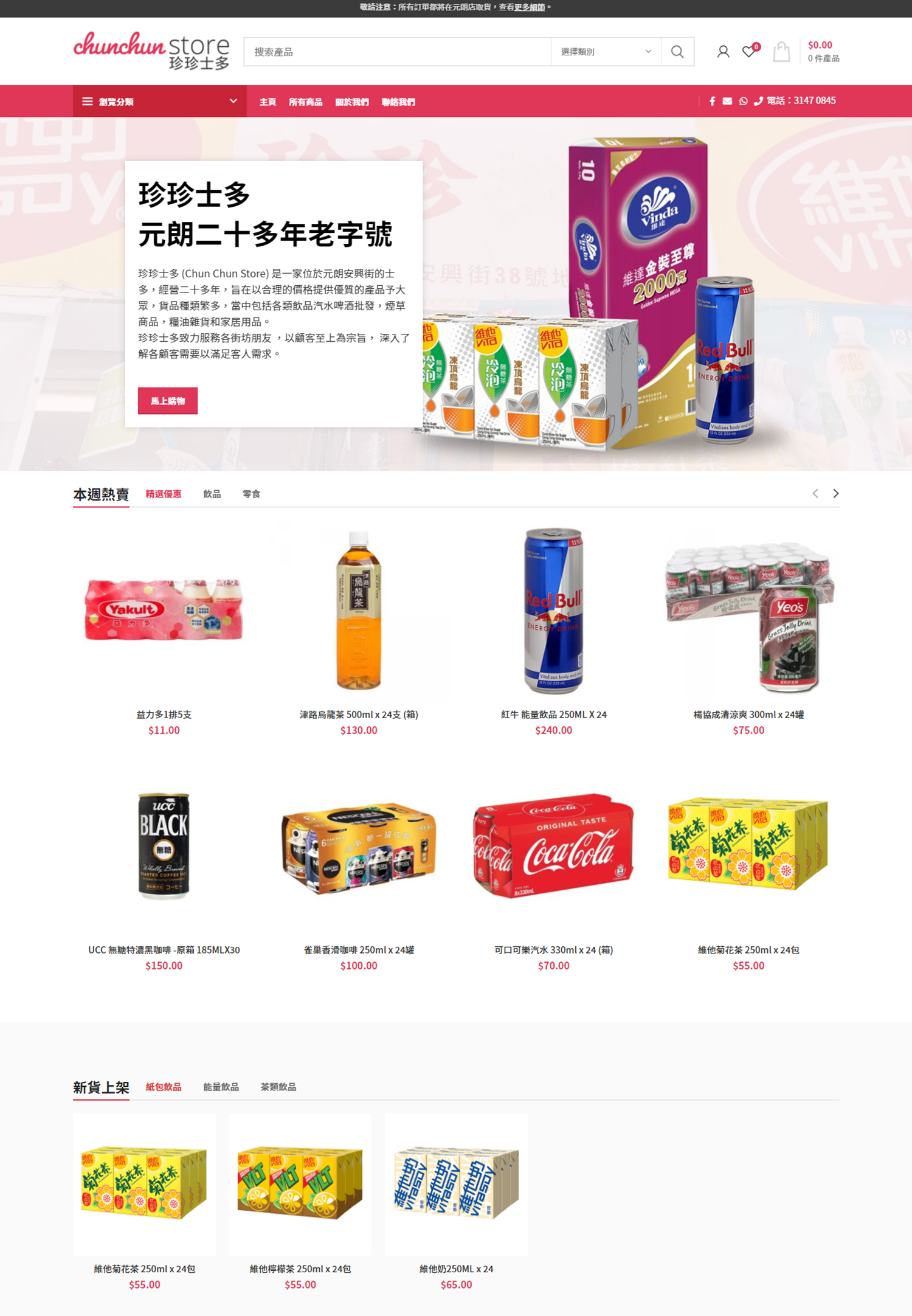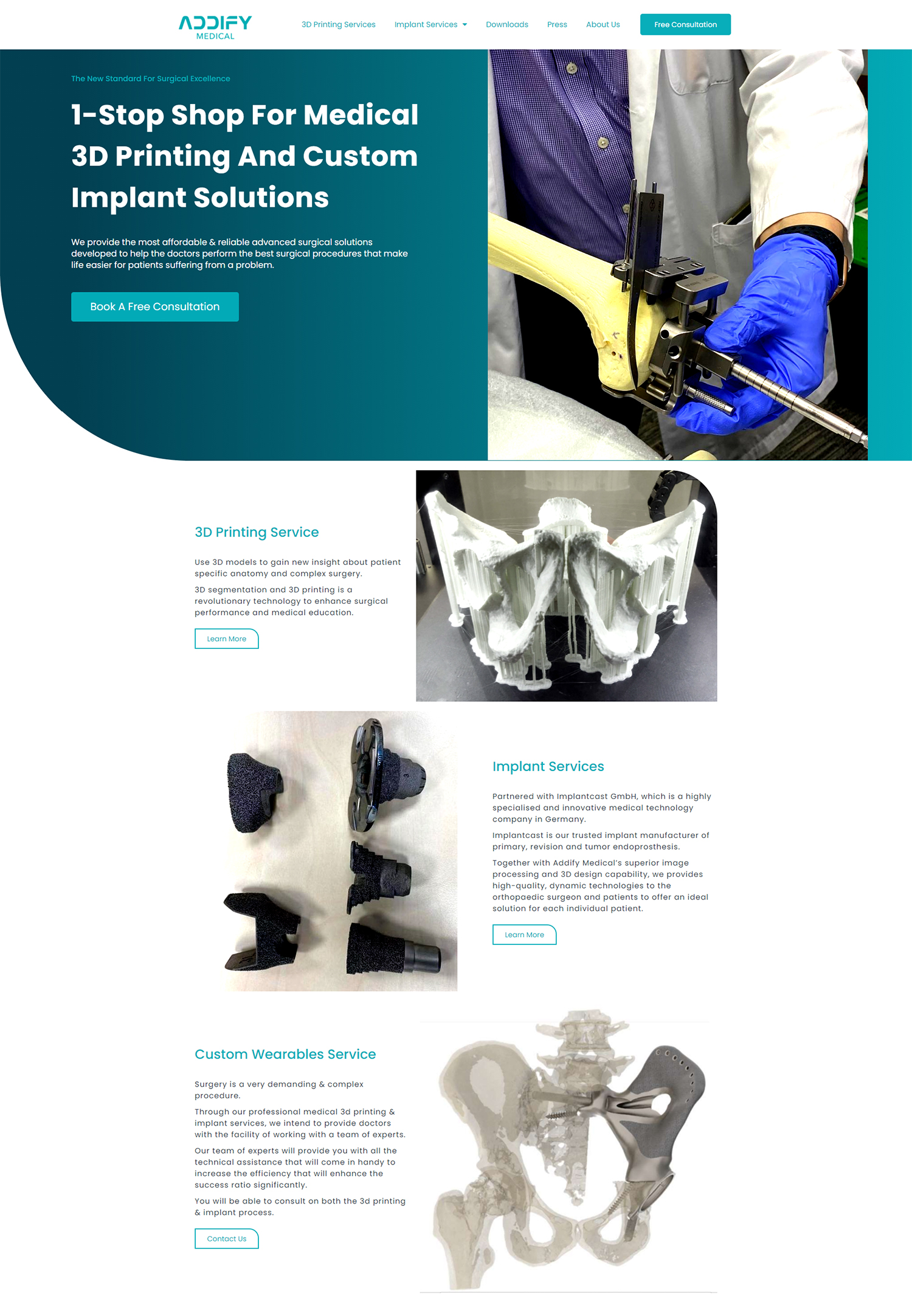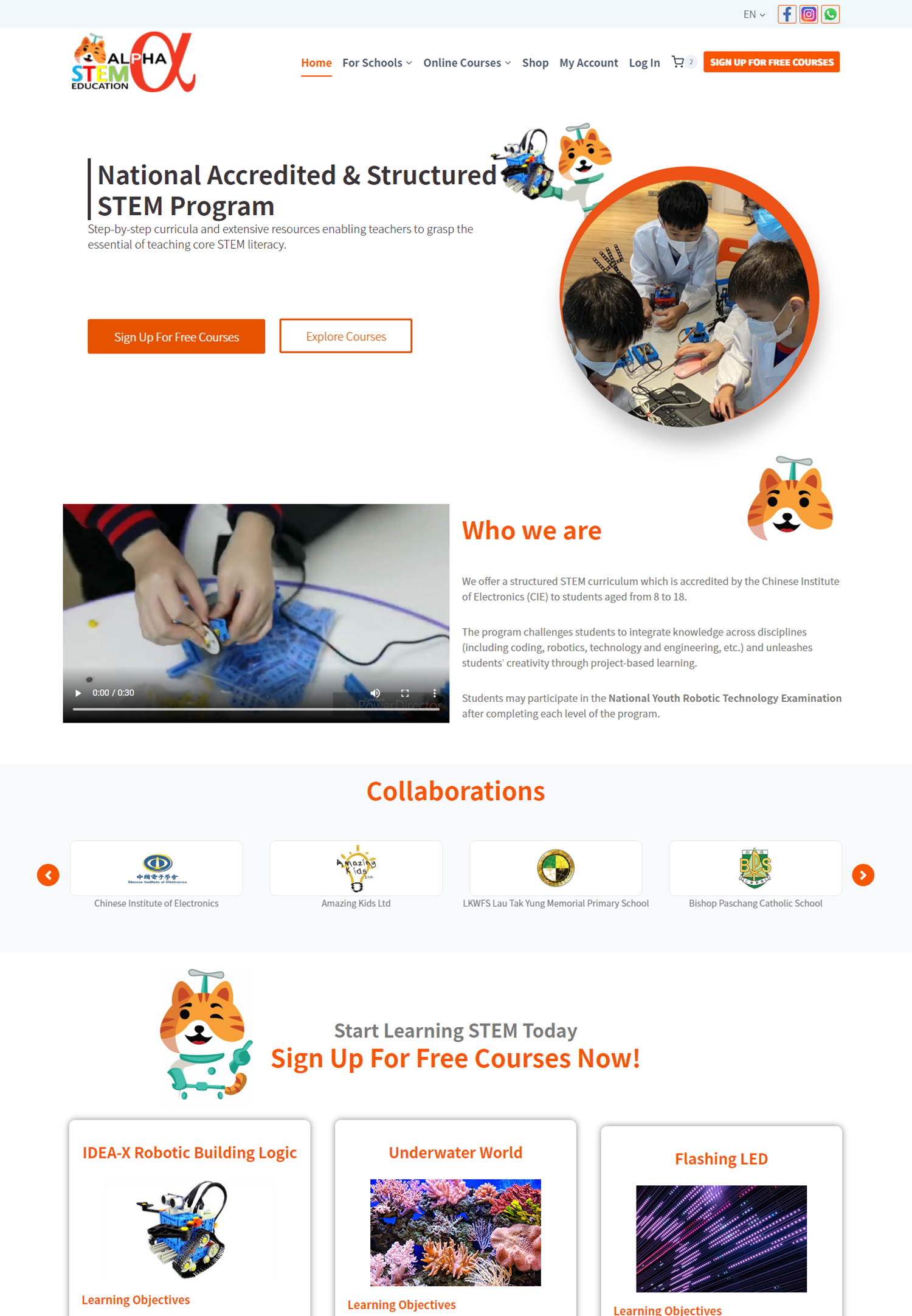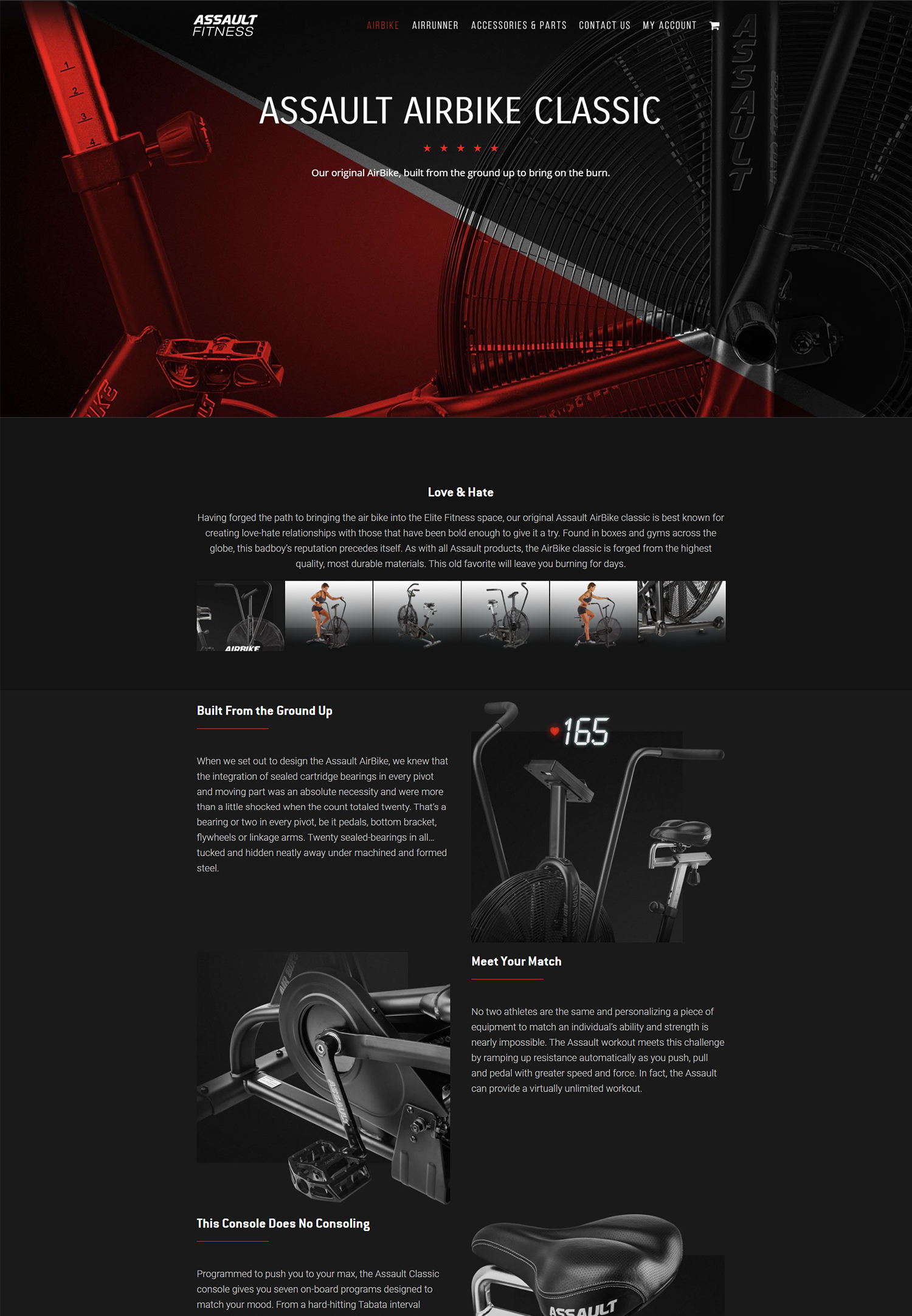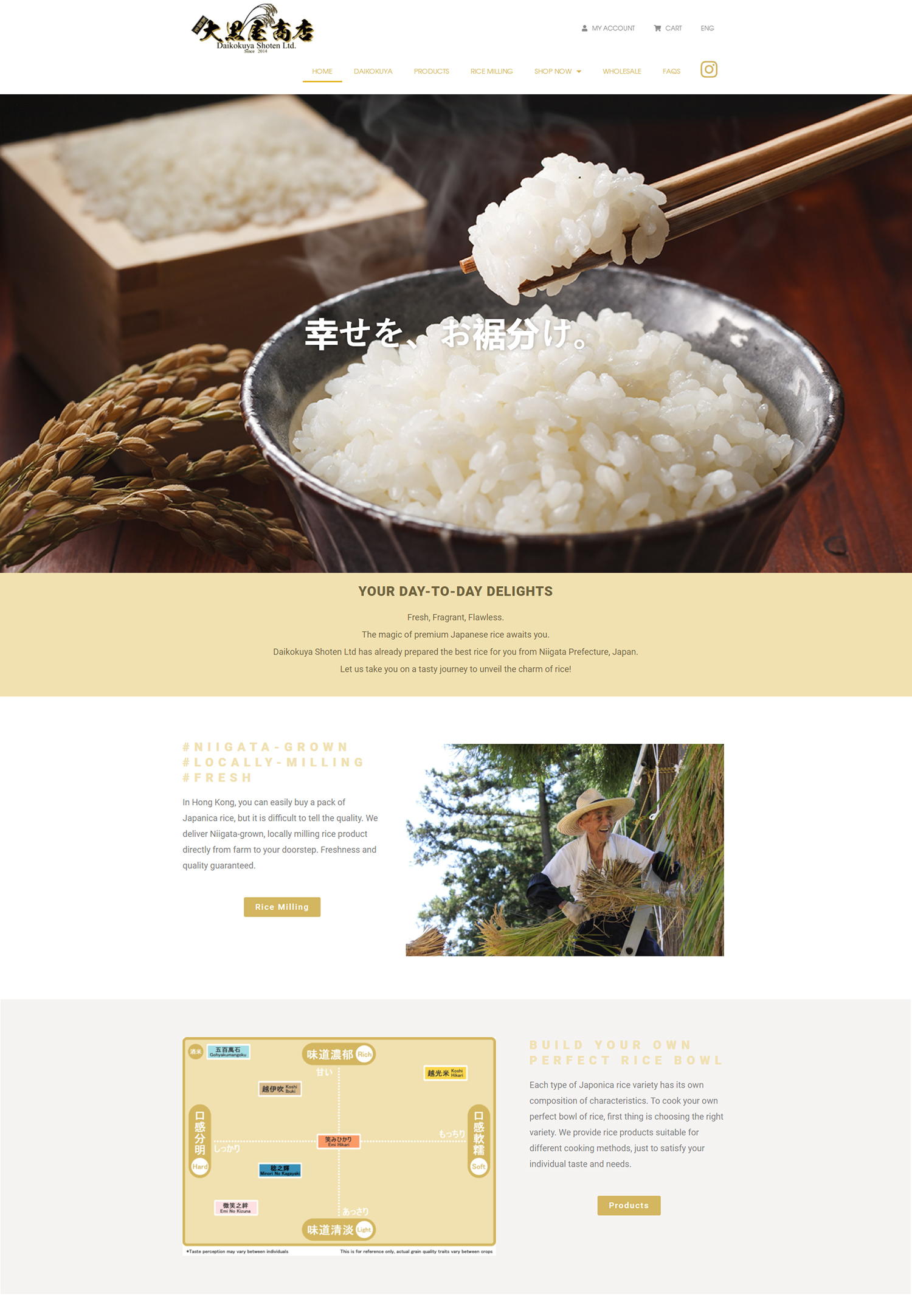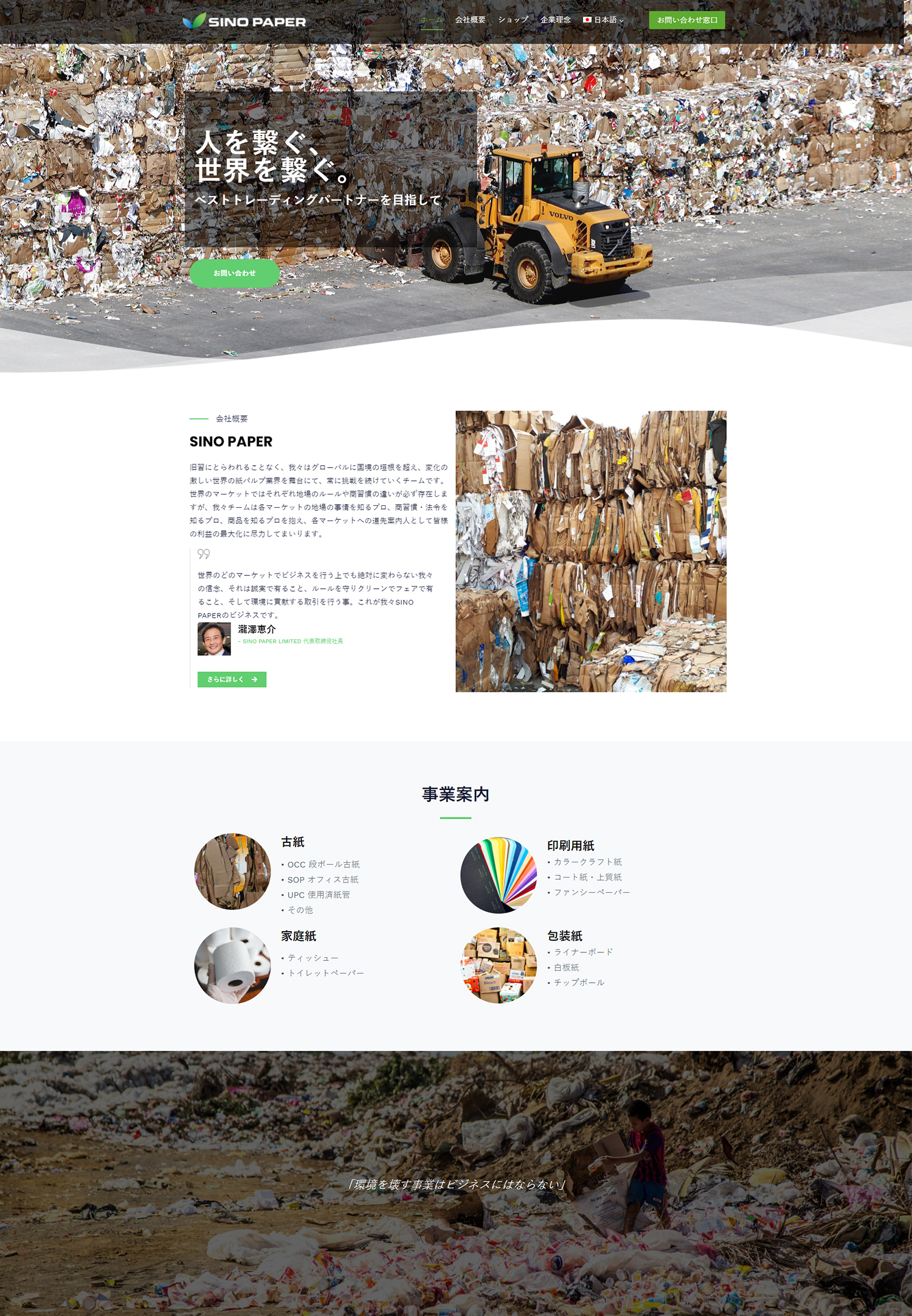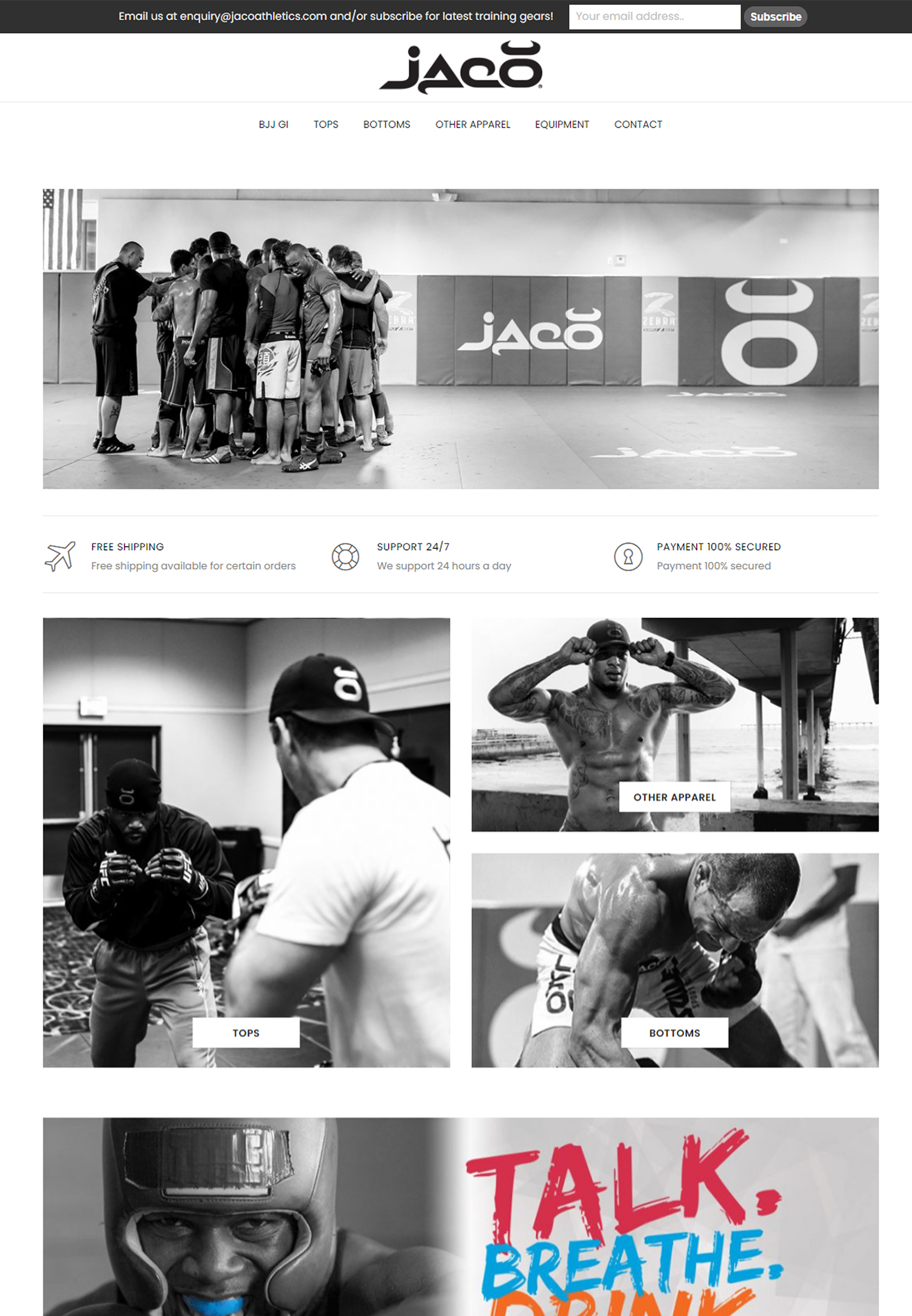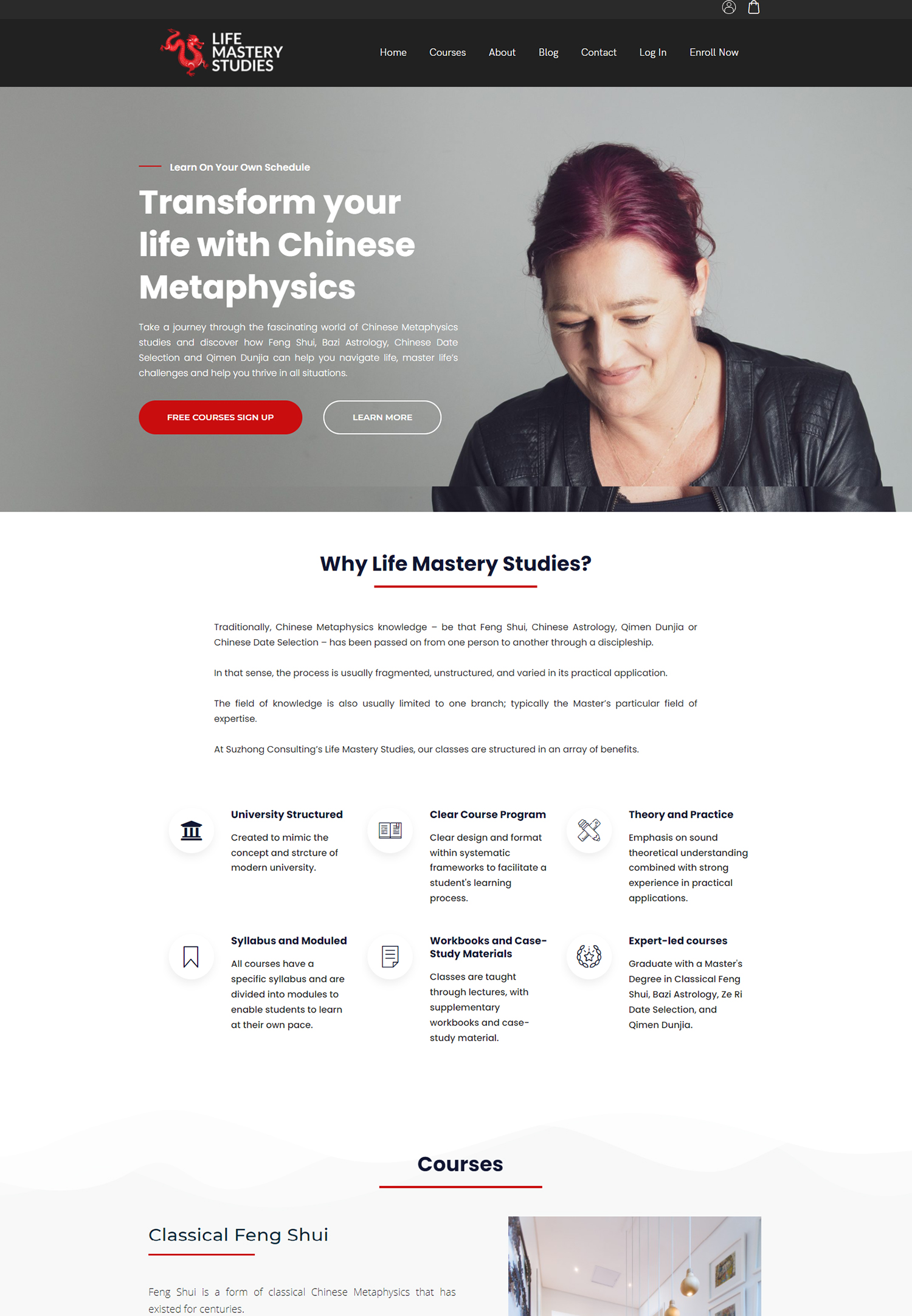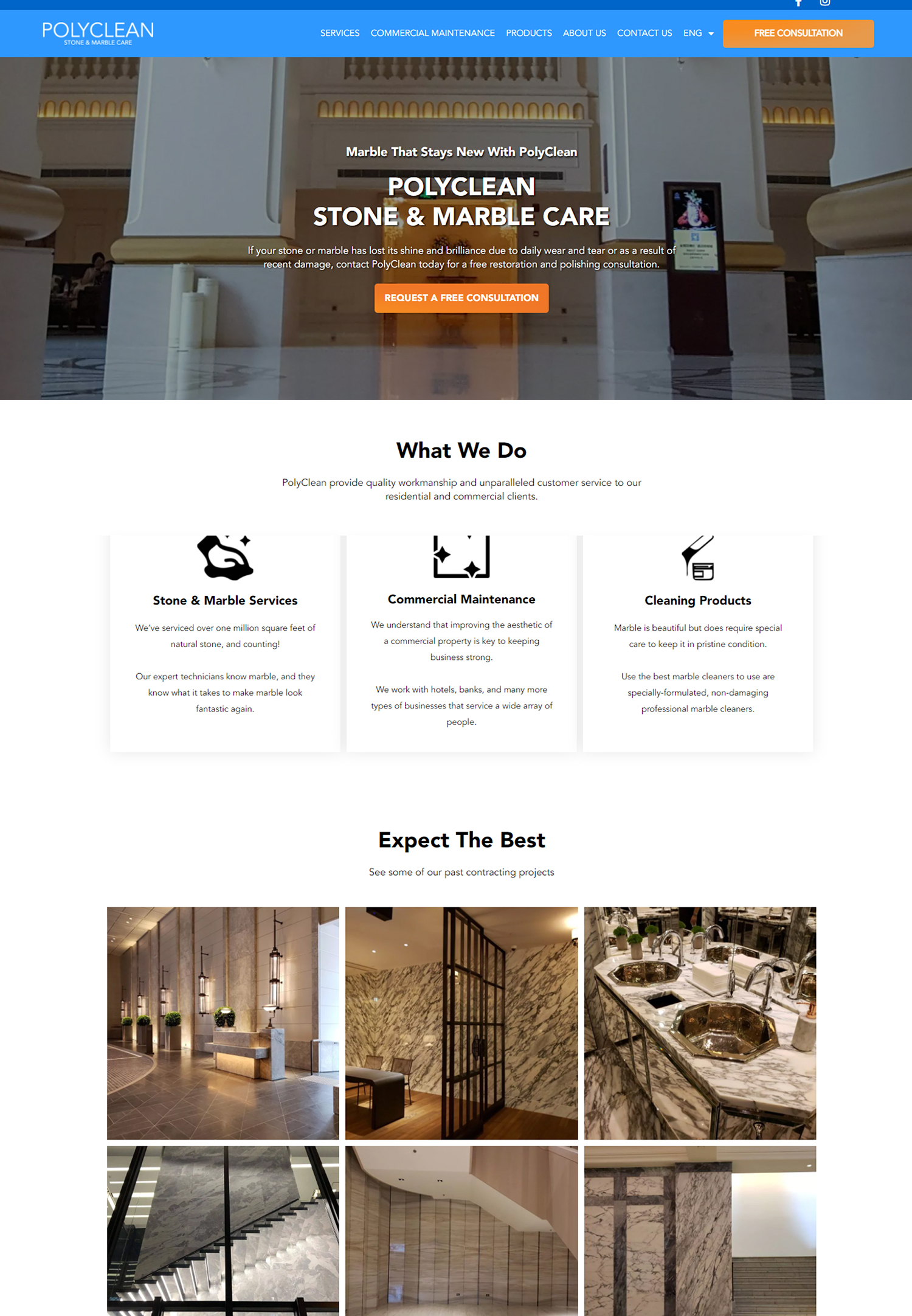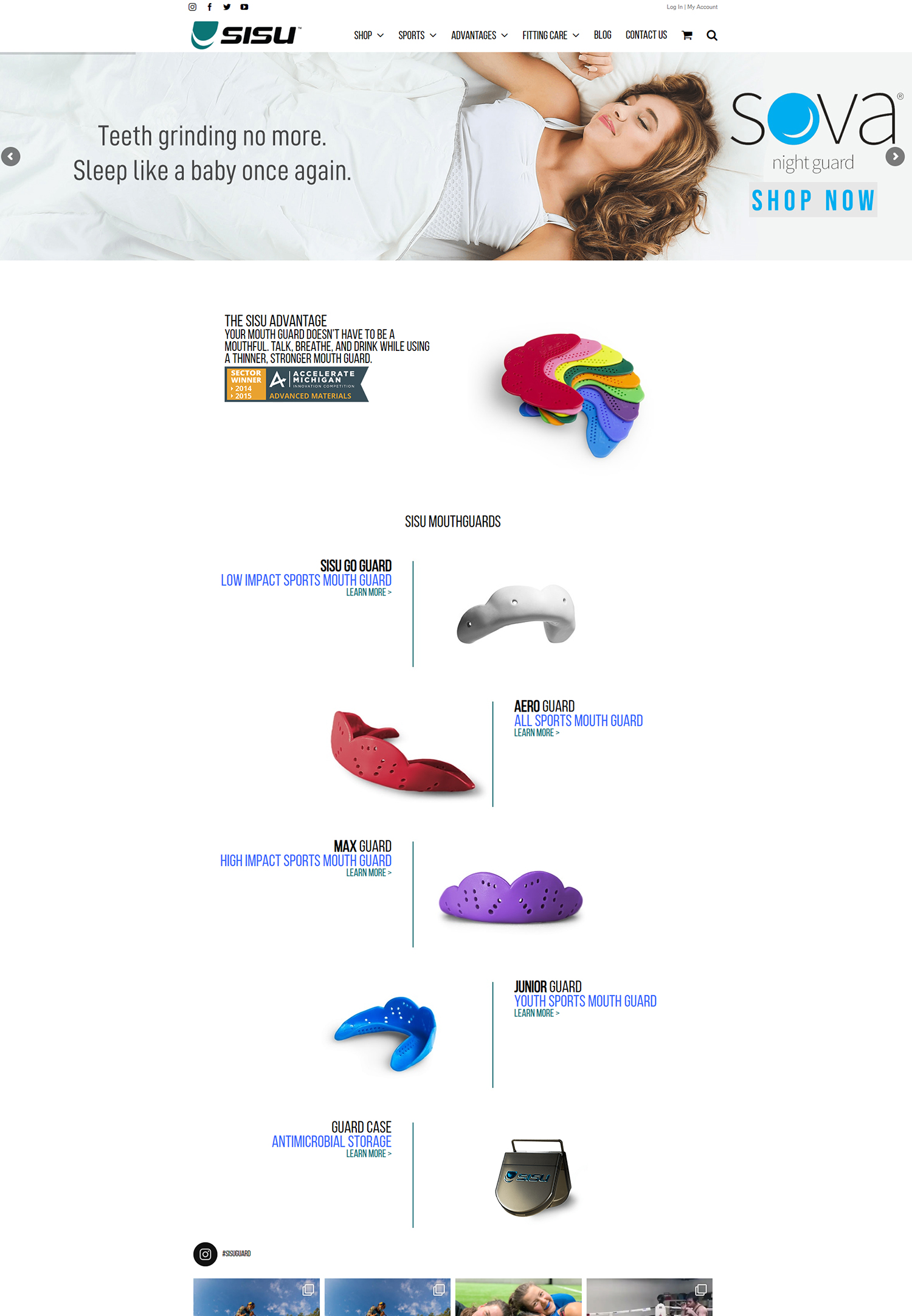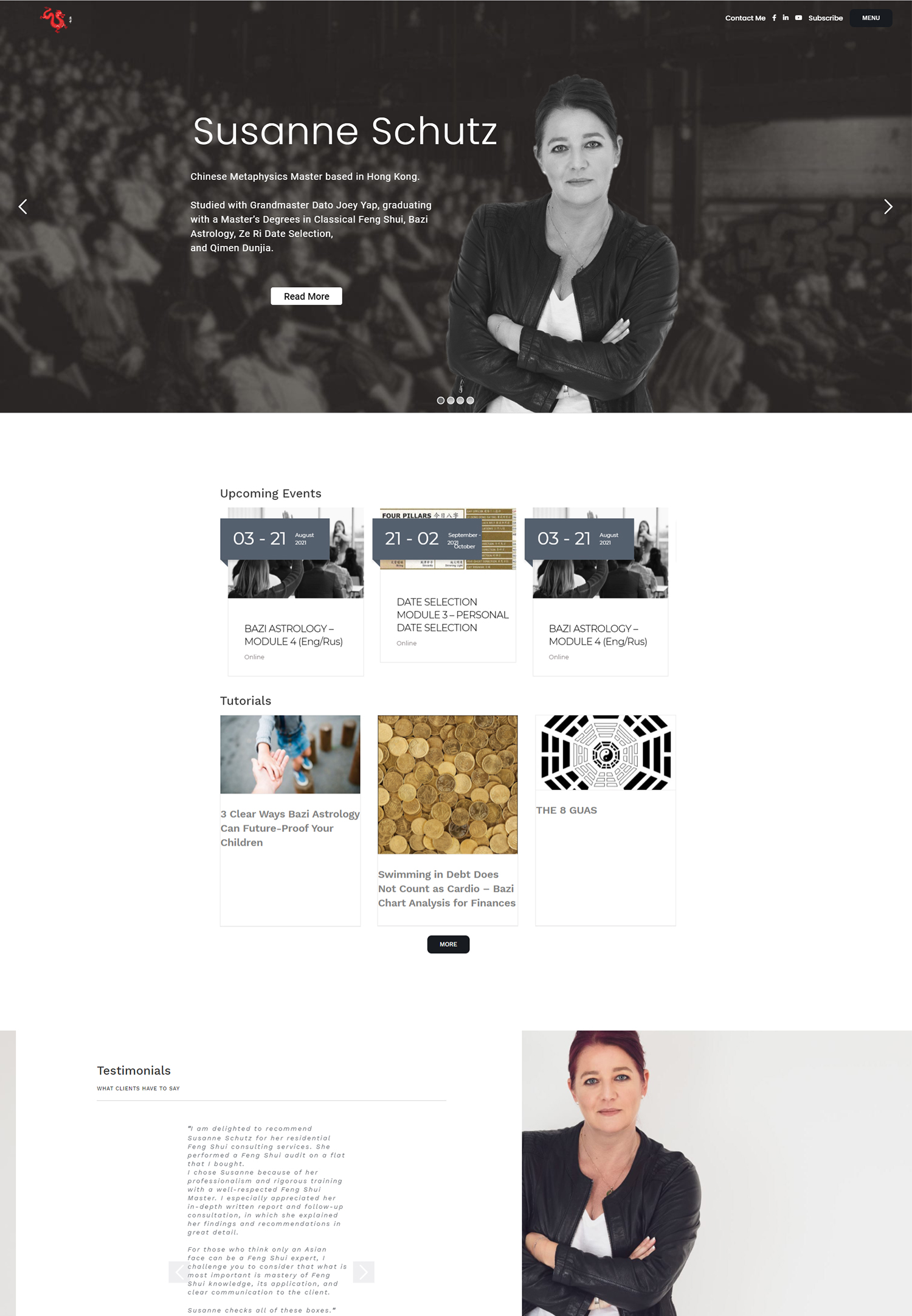Online advertising has transformed the way businesses reach their customers, offering a dynamic and versatile platform for marketing. At its core, online advertising involves promoting products or services through digital channels, which can include search engines, social media platforms, websites, and mobile applications. The primary goal is to drive traffic, generate leads, and ultimately convert potential customers into paying clients.
Unlike traditional advertising methods, online ads can be tailored to specific audiences, allowing for a more targeted approach that can yield higher returns on investment. The landscape of online advertising is vast and varied, encompassing several formats such as display ads, pay-per-click (PPC) ads, social media ads, and video ads. Each format has its unique advantages and can be utilized depending on the business’s objectives.
For instance, PPC ads on search engines like Google allow businesses to appear at the top of search results when users search for relevant keywords. In contrast, social media ads can leverage user demographics and interests to create highly personalized campaigns. Understanding these basics is crucial for any small business looking to navigate the digital marketing landscape effectively.
Key Takeaways
- Online ads are a form of marketing that uses the internet to deliver promotional messages to consumers.
- Small businesses should choose the right platform for their online ads based on their target audience and advertising goals.
- Engaging ad content should be visually appealing, concise, and relevant to the target audience.
- Targeting the right audience involves using demographic, geographic, and behavioral data to reach potential customers.
- Setting a budget for online ads requires careful consideration of advertising goals, audience size, and cost per click or impression.
Choosing the Right Platform for Your Small Business
Selecting the appropriate platform for online advertising is a critical decision that can significantly impact the success of your campaigns. Various platforms cater to different audiences and types of content, making it essential to align your business goals with the right channel. For instance, if your target demographic skews younger, platforms like Instagram or TikTok may be more effective due to their visual nature and popularity among younger users.
Conversely, LinkedIn is ideal for B2B companies looking to connect with professionals and decision-makers in specific industries. Moreover, understanding where your competitors are advertising can provide valuable insights into effective platforms. Conducting a competitive analysis can reveal which channels are driving traffic and engagement for similar businesses in your niche.
Additionally, consider the type of content you plan to create; platforms like YouTube are excellent for video content, while Google Ads is better suited for text-based search ads. By carefully evaluating these factors, small businesses can make informed decisions that maximize their advertising efforts.
Creating Engaging Ad Content
The effectiveness of online ads hinges significantly on the quality of the content being presented. Engaging ad content captures attention and encourages users to take action, whether that means clicking through to a website or making a purchase. To create compelling ads, it’s essential to focus on clarity and conciseness.
The message should be straightforward and resonate with the target audience’s needs and desires. Utilizing strong visuals can also enhance engagement; eye-catching images or videos can draw users in and make them more likely to interact with the ad. In addition to visuals, incorporating a clear call-to-action (CTA) is vital in guiding users toward the desired outcome.
Phrases like “Shop Now,” “Learn More,” or “Sign Up Today” provide direction and urgency, prompting users to take immediate action. Furthermore, storytelling can be an effective technique in ad content creation. By weaving a narrative that connects emotionally with the audience, businesses can foster a deeper connection and enhance brand loyalty.
Ultimately, the goal is to create ads that not only inform but also inspire action.
Targeting the Right Audience
| Metrics | Definition | Importance |
|---|---|---|
| Reach | The total number of unique people who see your content | Helps in expanding brand awareness |
| Engagement | The level of interaction and involvement with your content | Indicates audience interest and connection |
| Conversion Rate | The percentage of audience who take a desired action | Measures effectiveness of targeting |
| Demographics | Characteristics of the audience such as age, gender, income, etc. | Helps in creating targeted content |
Effective targeting is one of the most significant advantages of online advertising compared to traditional methods. Digital platforms offer sophisticated targeting options that allow businesses to reach specific demographics based on various criteria such as age, gender, location, interests, and online behavior. For instance, Facebook Ads provides detailed targeting capabilities that enable advertisers to hone in on users who have shown interest in similar products or services.
This level of precision ensures that your ads are seen by those most likely to convert. Moreover, utilizing data analytics tools can help refine audience targeting over time. By analyzing user interactions with previous ads, businesses can identify patterns and preferences that inform future campaigns.
Retargeting strategies can also be employed to re-engage users who have previously interacted with your brand but did not convert. This approach not only increases brand visibility but also enhances the likelihood of conversion by reminding potential customers of their interest in your offerings.
Setting a Budget for Online Ads
Establishing a budget for online advertising is a crucial step that requires careful consideration of various factors. Small businesses often operate with limited resources, making it essential to allocate funds wisely to maximize return on investment (ROI). Start by determining your overall marketing budget and then decide what percentage will be dedicated specifically to online ads.
This allocation should reflect your business goals and the expected outcomes from your advertising efforts. When setting a budget, consider the different pricing models associated with online advertising. For example, PPC campaigns charge advertisers each time a user clicks on their ad, while display ads may operate on a cost-per-impression basis.
Understanding these models will help you estimate costs more accurately and choose the right approach for your campaigns. Additionally, it’s wise to monitor spending closely and adjust your budget based on performance metrics. This flexibility allows businesses to invest more in successful campaigns while scaling back on those that do not yield desired results.
Measuring the Success of Your Online Ads
To determine the effectiveness of online advertising efforts, businesses must implement robust measurement strategies. Key performance indicators (KPIs) such as click-through rates (CTR), conversion rates, and return on ad spend (ROAS) provide valuable insights into how well ads are performing. Tracking these metrics allows businesses to assess whether their campaigns are meeting objectives and where improvements may be needed.
Utilizing analytics tools such as Google Analytics or platform-specific insights can provide deeper insights into user behavior post-click. For instance, analyzing bounce rates can indicate whether landing pages are effectively engaging visitors or if adjustments are necessary. Additionally, A/B testing different ad variations can help identify which elements resonate best with the audience, enabling continuous optimization of ad content and strategy.
Adapting and Adjusting Your Online Ads Strategy
The digital landscape is constantly evolving, necessitating an adaptable approach to online advertising strategies. Regularly reviewing campaign performance data allows businesses to identify trends and shifts in audience behavior that may require adjustments in targeting or content strategy. For example, if certain demographics are responding better than others, reallocating resources toward those segments can enhance overall campaign effectiveness.
Moreover, staying informed about industry trends and changes in platform algorithms is essential for maintaining a competitive edge. Social media platforms frequently update their advertising policies and features; being aware of these changes can help businesses leverage new opportunities for engagement. Additionally, soliciting feedback from customers can provide valuable insights into their preferences and expectations, allowing businesses to refine their messaging and offerings accordingly.
Tips for Maximizing the Impact of Your Online Ads
To truly maximize the impact of online ads, small businesses should consider several best practices that enhance visibility and engagement. First and foremost, consistency in branding across all ad formats fosters recognition and trust among consumers. Ensuring that visuals, messaging, and tone align with overall brand identity creates a cohesive experience that resonates with audiences.
Another effective strategy is leveraging user-generated content (UGC) in advertising campaigns. UGC not only adds authenticity but also encourages community engagement by showcasing real customers using products or services. Additionally, incorporating seasonal promotions or limited-time offers can create urgency and drive immediate action from potential customers.
Finally, continuous learning and adaptation are key components of successful online advertising strategies. Engaging with industry resources such as webinars, blogs, or forums can provide fresh insights into emerging trends and techniques. By remaining proactive in learning and experimenting with new approaches, small businesses can stay ahead of the curve in an ever-changing digital landscape.






